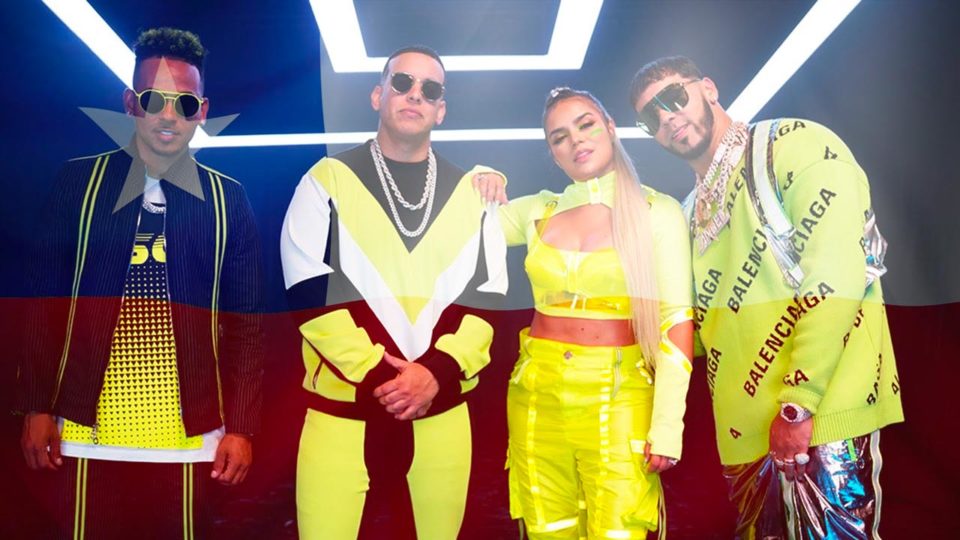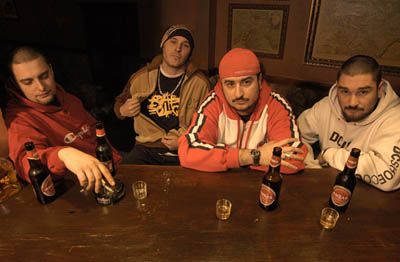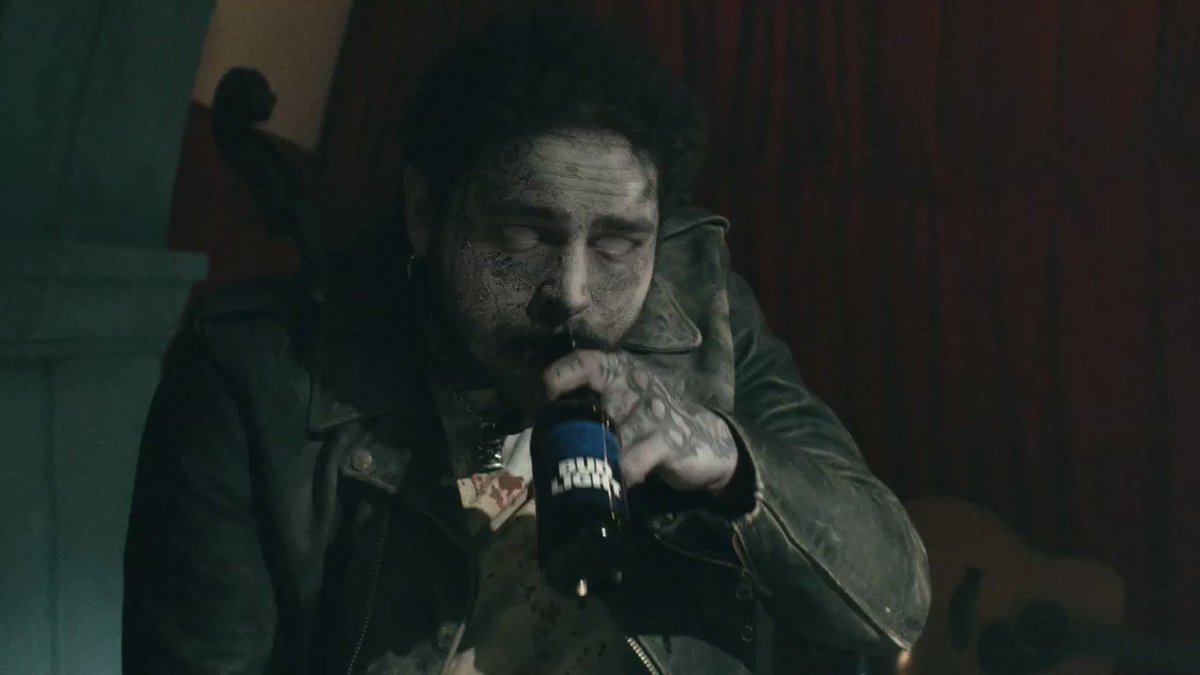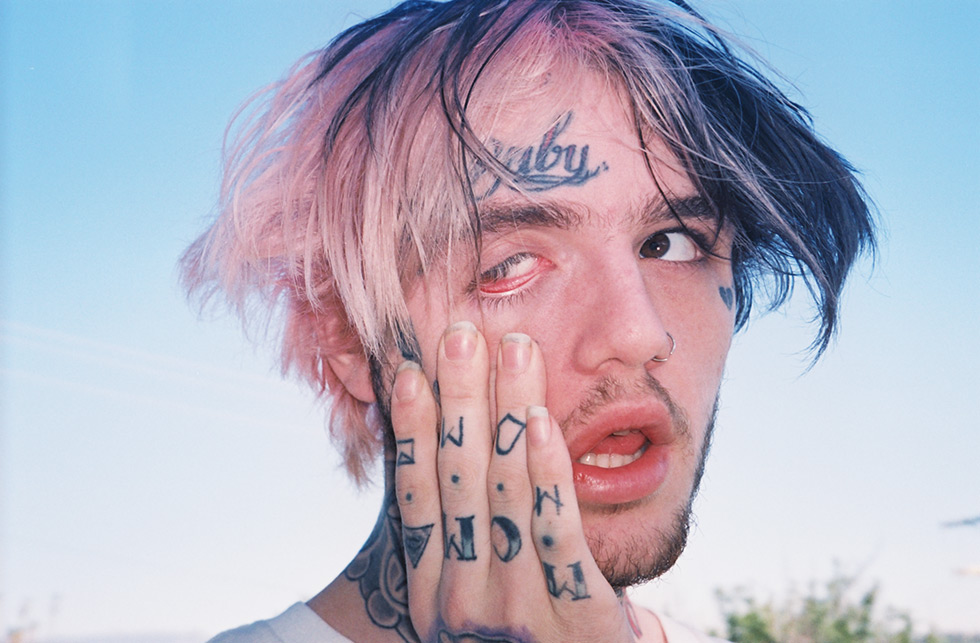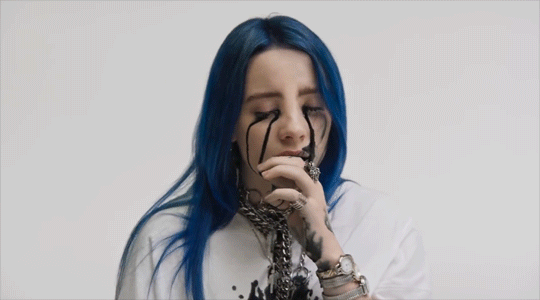
Musorgsky and Hartmann in Russian Romanticism, Debussy and Manet in French Impressionism, Schoenberg and Kandinsky in German Expressionism… our more recent past in art is replete with great musicians inspired by great painters.

But how do things stand today? The economic and artistic business model is far from what it was then: under the auspices of neoliberalism, today the focus on the functional component of both music and painting is at its peak. So how have the two arts evolved today, and do they maintain the same relationship as in the past?
Well, quite simply: they get along better than ever and at the same time they don’t maintain their old synergies at all. In the 20th century, composers were inspired by paintings in a (so to speak) very distant way, and the whole concept of inspiration worked to a certain extent at random. No one contacted anyone: an artist happened to know the work of another artist and it might be a tool to establish his or her artistic creation..
Earlier I mentioned that the merely functional component of both arts is the case that is happening most nowadays, and that is that cartoonists and musicians regularly collaborate and commission each other to promote their work on social networks. I will now tell you how it happens from the point of view of music:
Today all kinds of musicians (singers, producers, DJs) need an image, a visual component that marks their qualities as an artist, a character, a brand image, etc. It has to be something striking, with a hook, intense and fresh. For this we have graphic designers and illustrators, who we commission daily, weekly or monthly artworks..
Artwork is the form of drawing/design that could be understood as the “equivalent” (to a certain extent) of painting of yesteryear. Nowadays it is very difficult to make a living writing notes on a pentagram, just as it is extremely difficult to earn a living painting with charcoal. Everything is now done from the computer and with other types of technique, and each artist focuses his product from the point of view of the small business. Sometimes (as I will mention in the first examples) it is not even a drawing that is needed, but directly a design, be it photographic, of the records, or a certain arrangement of colours or elements on the covers, etc.
In this context we could point out a few artists and their artworks:
Dua Lipa with Future nostalgia
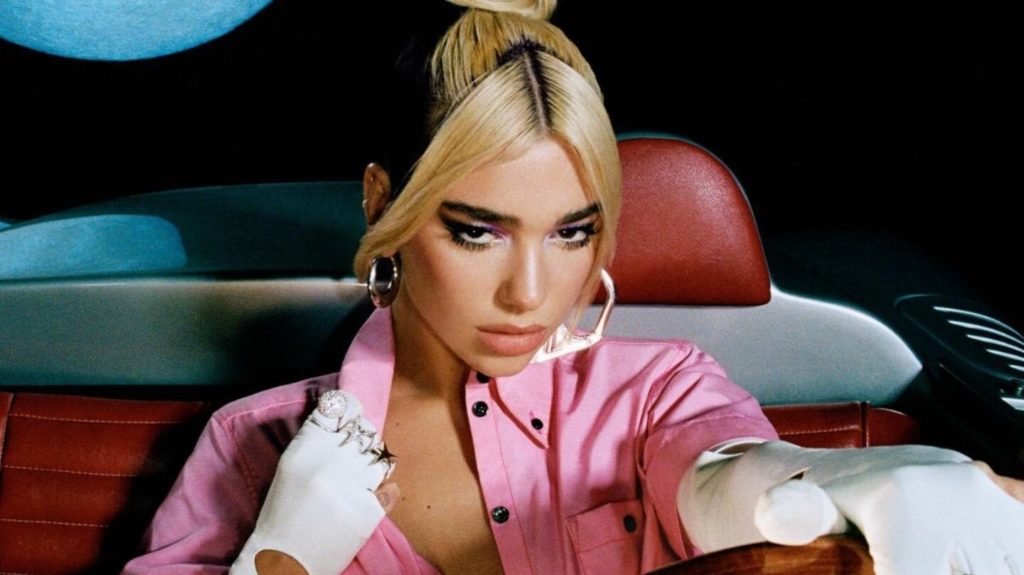
In this album by the artist Dua Lipa we can see the vaporwave designs, with the retro style and vintage aesthetics of the photographs, as well as the aesthetic elements and colour.
Daft punk y Access memories
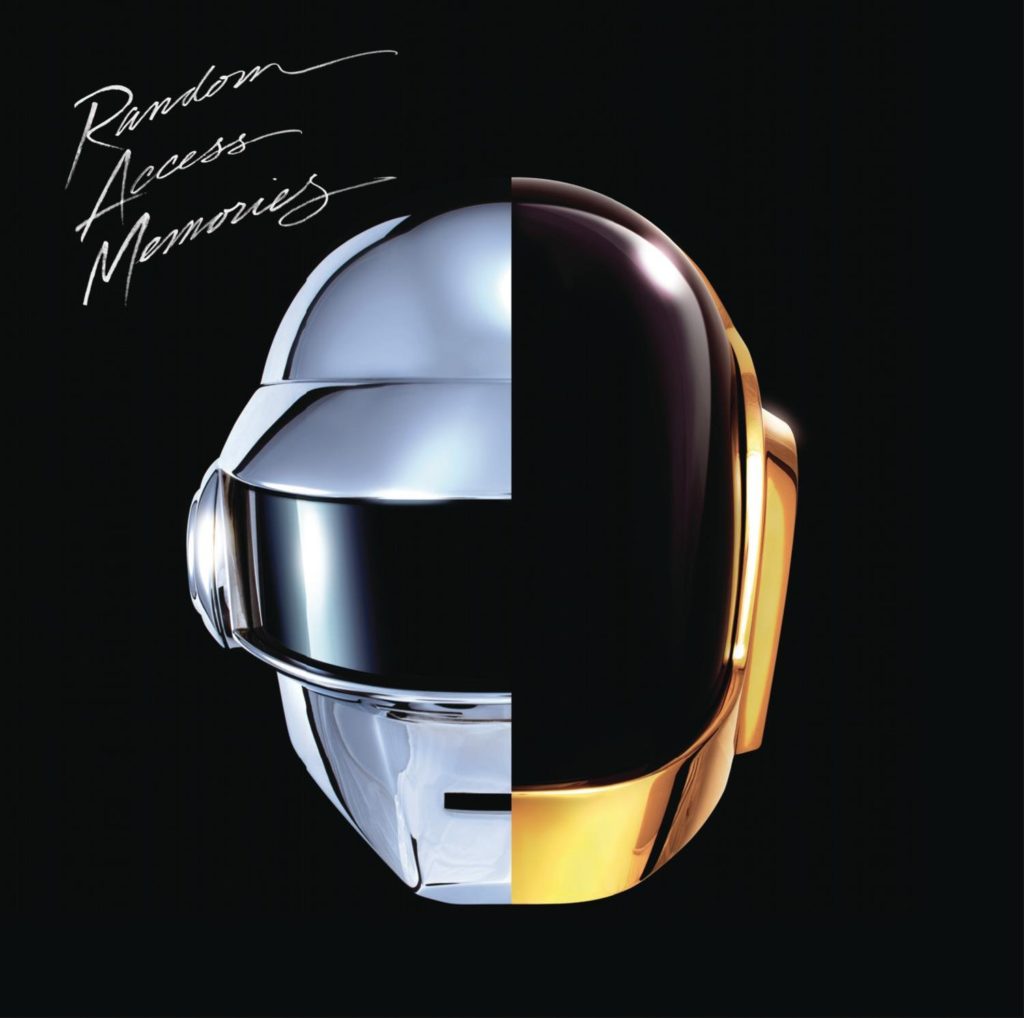
This peculiar duo is dominated by a futuristic style and aesthetics. There is a certain obsession with the robotic: in their songs everything is electronic, and it is so following the model of classical analogue synthesis (modular). They also make a lot of use of the talkbox (an amplifier topped with a little plastic tube that when you put it in your mouth and move your lips, it sounds like a robot singing).

Miriam Rodríguez and her photo for the Tour with you.
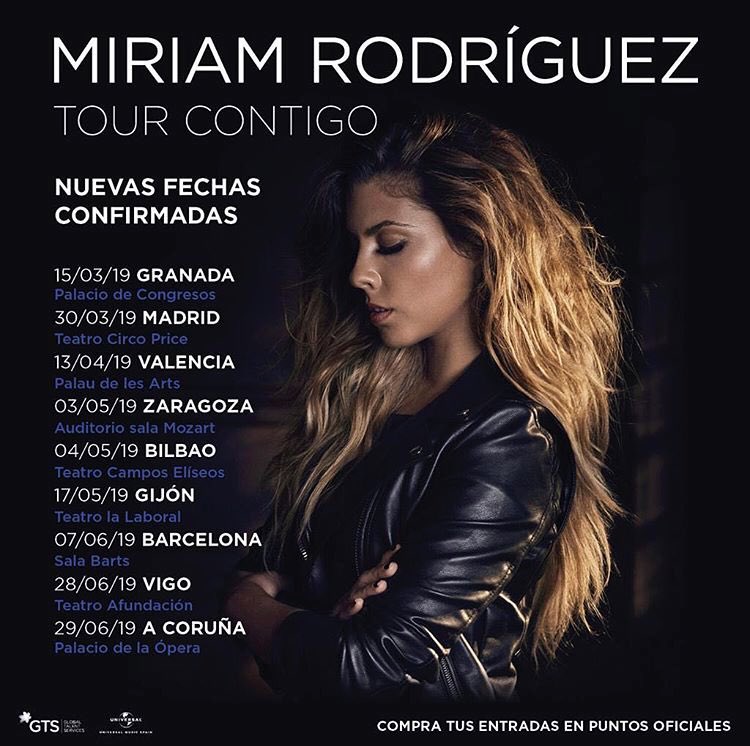
The photograph of the artist here is very common for some pop divas. Many artists in the genre make use of this resource for some posters and promotional images for singles/discs/tours. They are simple photographs in which they appear themselves with chupa, modern hairstyle and modelling pose (Sebastián Yatra in Traicionera, Aitana for her album Trailer, etc…).
Okaywill – Falling for you
Sometimes they also make creative music videos with very personal designs, as in the case of Okaywill’s single Falling for you, whose design is like newspaper clippings and stopmotion with figures that change colours.
And now let’s talk a little bit about my field: how do producers who sell beats do it? In this case, beatmakers and producers upload some beats to the networks on a weekly basis. These beats do not have vocals embedded in them, you can simply listen to the base so that the singers can check the product and flow with their voices over the bases.

Eibyonthetrack: hiphop, soul and its derivatives. We find in the artworks of her videos colour ranges between pinks and purples as a mimesis (almost synaesthetic) of the sonority of the classic RnB bases retro style, intimate, smooth and romantic/emotional.

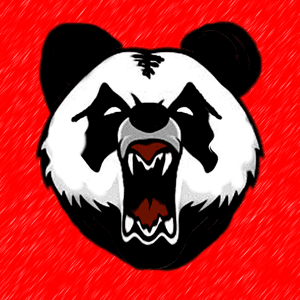
Laykx: In this producer’s drawings we find childlike simplicity, a naif concept related to the apparent simplicity of his production. Thick line and scarcity of details in the drawing that are related to strong basses and few musical elements in the custom beats.
Penacho: in this producer we find the theme of the dark applied both in the sound editing and the melodic-harmonic aesthetics, the mood of the bases and obviously the artworks in each trap base. Some of the artworks are rain GIFs, so that drops of water appear on the video plane as if we were behind glass.

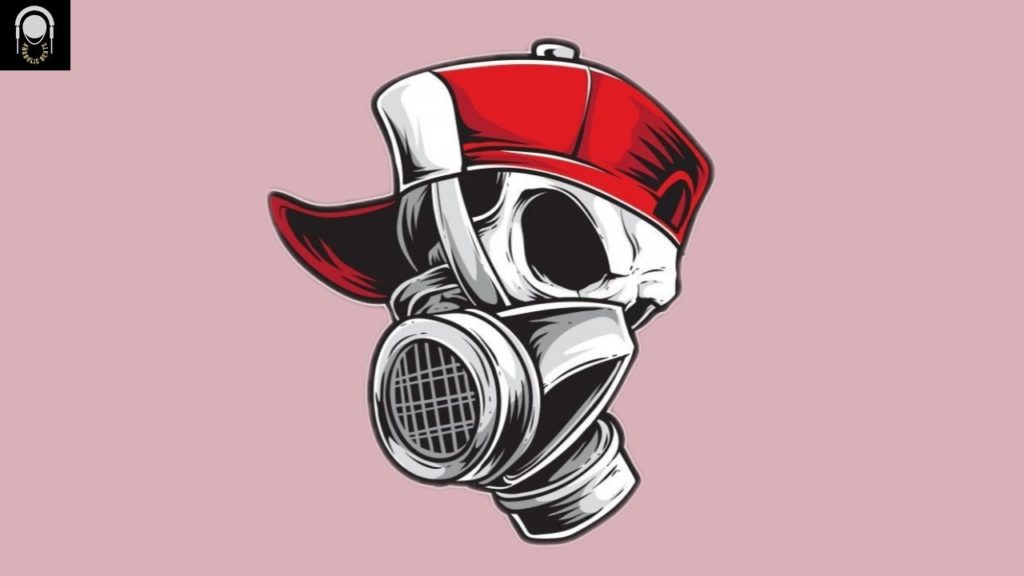
Anabolic beatz: The forcefulness and punch is what calls us to buy rap bases from this producer. These traits are reflected in the range of vivid colours and striking imagery.


Krhonos beats: aggressiveness and forcefulness, similar to Anabolic beatz but here what drives you to get your wallet out and buy rap beats like crazy is the unique punch of his bases. All blunt and simplistic in his rap beats.
Here are some other similar blogs: See you next week!
Remember that you can buy rap, trap, dembow, pop, r&b, dembow, reggaeton… instrumentals! A la carte.

